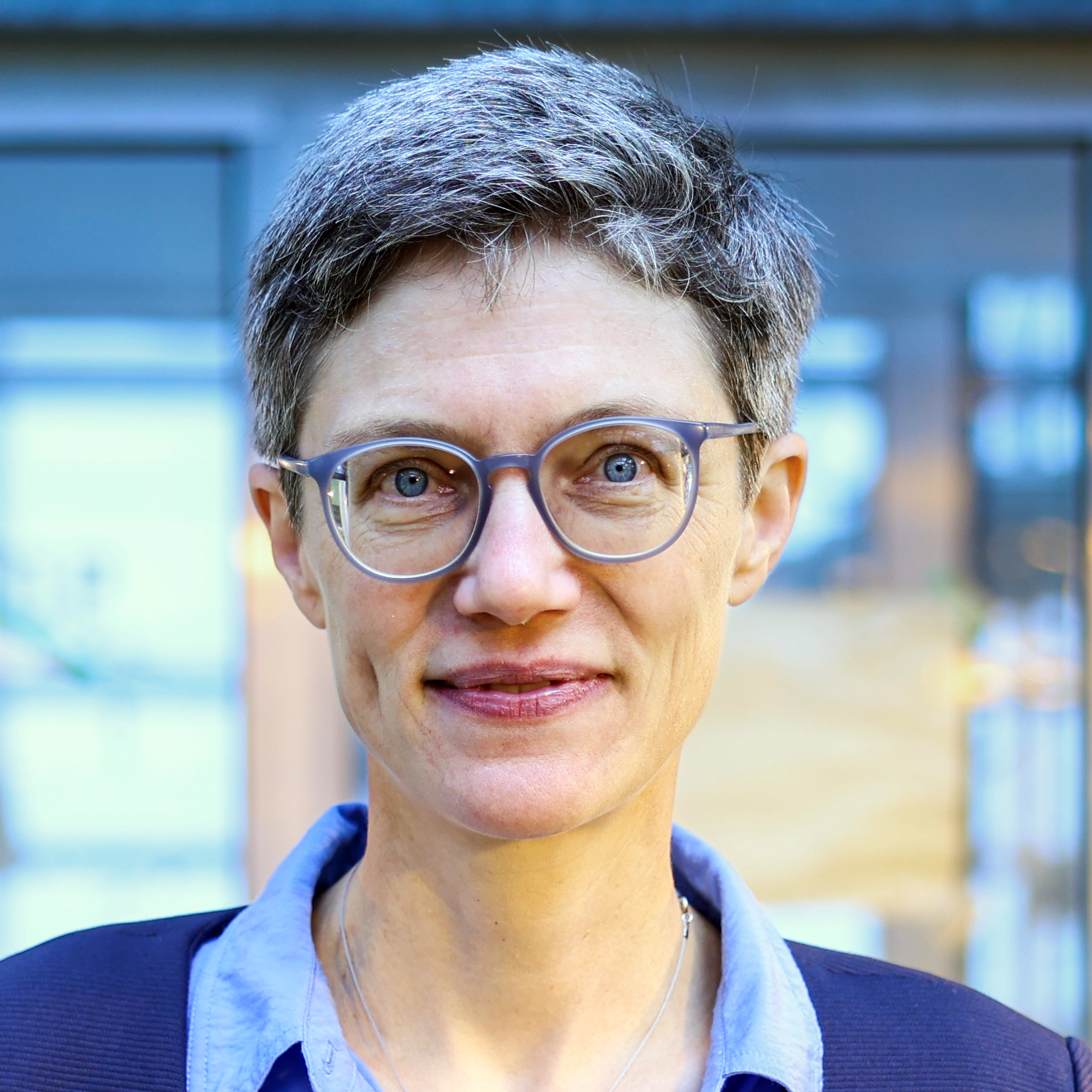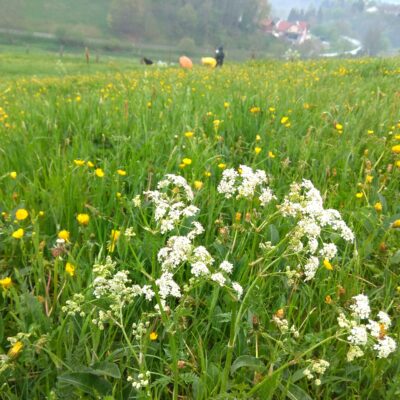Rising temperatures and more frequent and longer periods of drought are changing the living conditions of animals and plants. Food chains are breaking down and species are becoming extinct—with consequences for the entire ecosystem.
Some animal species are directly threatened by global warming. Take sea turtles, for example: because the breeding temperature influences the sex of an embryo, hatching turtles are increasingly only female. As a result, sea turtles are no longer able to reproduce well and populations are shrinking. Or look at fish in the North and Baltic Seas such as cod: as the waters become warmer, they spawn earlier in the year—but food is in short supply then and more larvae starve to death.
‘In extreme cases, climate change is causing populations to decline and animal species to become extinct,’ says Professor Dr Caroline Müller from Bielefeld University. The academic heads the Chemical Ecology research group at the Faculty of Biology. ‘Studies show that with a rise in global temperatures of 1.5 degrees, the extinction risk of animals and plants increases by 4 per cent—but with a rise of 3 degrees, this risk increases to as much as 26 per cent.’

© Bielefeld University/S. Jonek
Nature is losing its rhythm
Climate change is impacting on the entire ecosystem. Rising temperatures are throwing natural cycles out of sync—as in the case of fish that are spawning too early. Similar phenomena can be observed in other species: several migratory birds, for example, are arriving at their breeding grounds earlier, and this means that the chicks do not have access to the right food supply. Some plant species are adapting more quickly to these environmental changes than the animals that consume them. ‘A lot of plants, such as the hazel, are now flowering much earlier,’ says Müller. ‘Other plant species are also blossoming and fading earlier. This is affecting the insects such as butterflies that feed on the flowers. The insects, in turn, are food for songbirds, and their numbers are also declining.’
Climate change is having a direct impact on many insects such as bumblebees that have trouble coping with periods of extreme heat. Other factors are also causing problems: asphalted areas and agricultural monocultures contribute to the shortage of food and habitats for insects.

© Bielefeld University/S. Jonek
‘A higher diversity within an animal or plant species may be advantageous for its survival in an ecosystem.’
Müller is investigating the consequences of climate change for insects and plants
Caroline Müller and her Bielefeld research group are exploring the effects such anthropogenic factors have on insects. For example, the researchers are looking at the way pesticides affect the mustard leaf beetle. ‘Pesticides harm a variety of insect species, not just the destructive pests, and have a drastic impact even in non-lethal doses,’ says Müller. ‘Our research shows that the larvae are developing more slowly and the beetles are reproducing at a lower rate. On top of that, pesticides interfere with chemical communication and thus with the behaviour of the leaf beetles,’ says Müller.
Using wheat as an example, the biologists are investigating how extreme drought stress and subsequent waterlogging affect the interaction between plants and insects. Their experiments show that extreme weather events such as those caused by climate change alter a plant’s metabolism. As a result, the development of some insect species that feed on these plants is impeded.
Climate change is also causing certain species to spread into new areas where they oust native species. Müller and her team are researching the chemical properties of invasive plants. ‘We are interested in why invasive plants become dominant. For some species, high chemodiversity may be advantageous: if the chemical profile differs greatly from plant to plant, herbivores are less able to adapt to it, and such individual differences make the plant species more competitive,’ says Müller.

© Bielefeld University/S. Jonek
Diversity is linked to individuality
Caroline Müller heads the Ecology and Evolution of Intraspecific Chemodiversity of Plants research unit, which is funded by the German Research Foundation (DFG). ‘A higher diversity within an animal or plant species may be advantageous for its survival in an ecosystem,’ says Müller. ‘Diversity is closely linked to individuality: the more individual differences there are within a species, the more diverse it is.’
Müller is investigating how changing climate and environmental conditions affect the chemical characteristics of individuals in the joint project ‘Individualization in Changing Environments’ (InChangE). The project is funded by the Ministry of Culture and Science in North Rhine-Westphalia.
Müller also focuses on individualization in the Transregional Collaborative Research Centre NC3 (CRC/TRR 212), in which she heads a subproject on individual niche adaptation. Academics from both Münster and Bielefeld universities are working together in InChangE and NC3. ‘The exciting thing is that not only biologists are involved in these projects, but also psychologists, philosophers, and physicians—this opens up completely new ways of thinking,’ says Caroline Müller.




